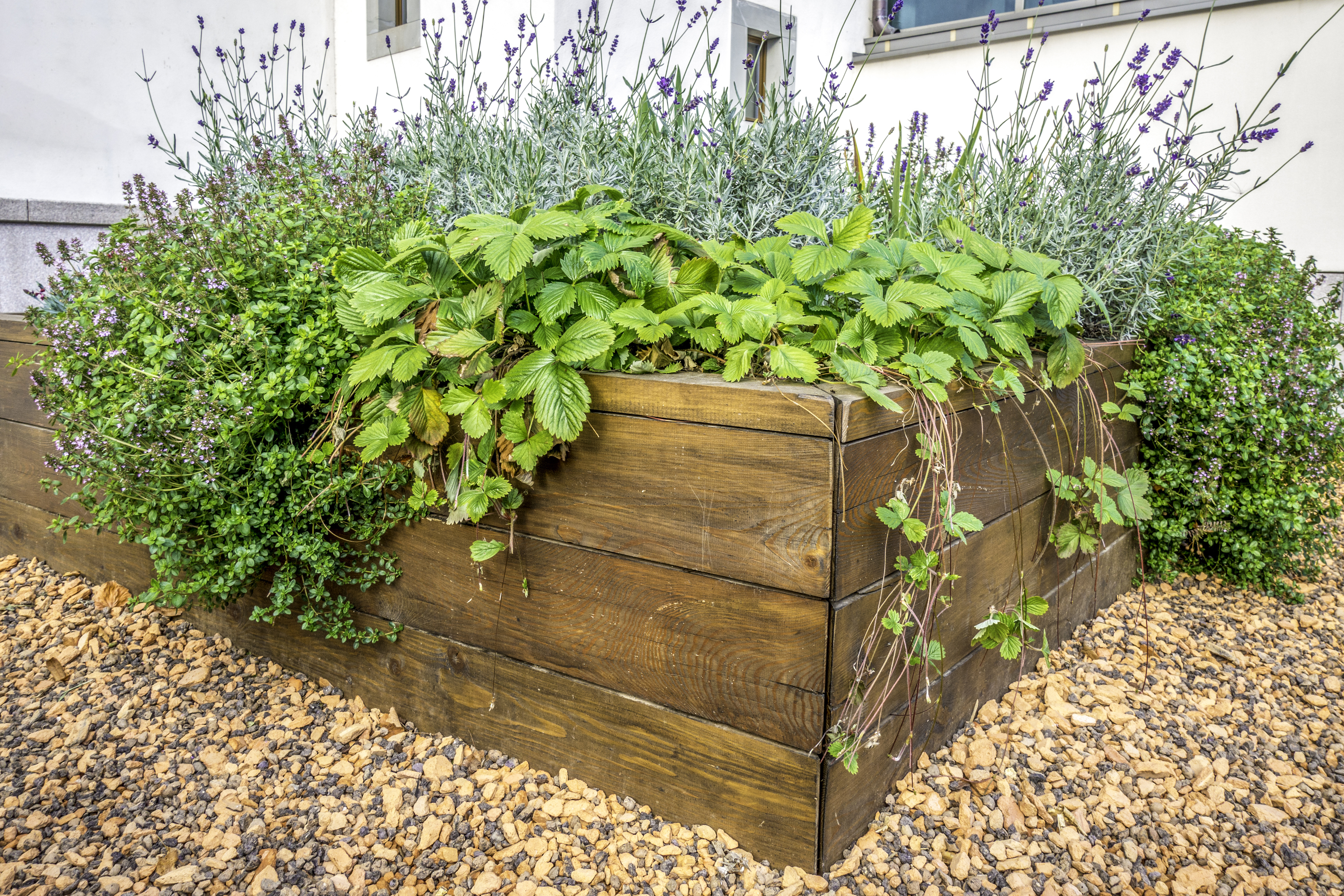What are 'No-Dig Gardens'?
You guessed it... They are gardens that require no digging!
The Quick Facts
- Ester Dean developed the no-dig garden method in the late 1970’s.
- Great for areas where the soil is heavy clay, very sandy or there is no soil at all (concrete or pavers).
- Traditional no-dig gardens are based on a layering of various materials, like a lasagne, with water being added between each layer.
- No-digs are basically composting gardens, requiring a balance between carbon and nitrogen.
- High nitrogen materials include animal manures, grass clippings, Lucerne Mulch & green vegetable matter.
- High carbon materials include shredded paper, straw, sawdust, finely chopped up garden pruning’s, Sugar Cane Mulch & wood chips.

Create Your Own No-Dig Garden
- Lay down a thick layer of wet newspaper. (The newspaper layer is to suppress weed growth by blocking out any light). Sprinkle with blood and bone, then place a thick layer 30cm of coarse brown material on the bottom.
- Alternate layers of high nitrogen materials (Lucerne Mulch, manure and compost) and high carbon materials (Sugar Cane Mulch, dry leaves etc.). In your high nitrogen layers, Lucerne should be used in a thicker application than manure. Be sure to wet each layer thoroughly as you go.
- When all the materials are used, place a layer of compost and top with Sugar Cane Mulch or straw as a mulch. This is to prevent moisture loss and any weeds germinating. Generally, leave the no-dig garden for 1-2 weeks before planting.
- Time to plant – create small pockets within the top Lucerne/compost layer and fill with a little extra compost. Plant your chosen seedlings into the compost pockets. Water in well with the addition of a seaweed solution.
Avoid planting root crops and seeds directly in newly created no-dig gardens. Wait a few seasons until a good composted layer of Lucerne has accumulated.
Leafy crops such as silver-beet, spinach, lettuce, as well as tomatoes, flowers and various cucurbits work wonderfully in no-dig gardens, and it is best to use seedlings rather than seeds while the garden is young.
Note: This is just one particular recipe/method, there are many other options and ideas of how to construct a no-dig garden and the materials to be used.
 Keep reading more from Claire Bickle, our Better Earth Ambassador in Better Earth Secrets.
Keep reading more from Claire Bickle, our Better Earth Ambassador in Better Earth Secrets.
Get your free copy when you subscribe below;
_MEB.png?width=842&height=596&name=RP_HorizontalColour(R)_MEB.png)




